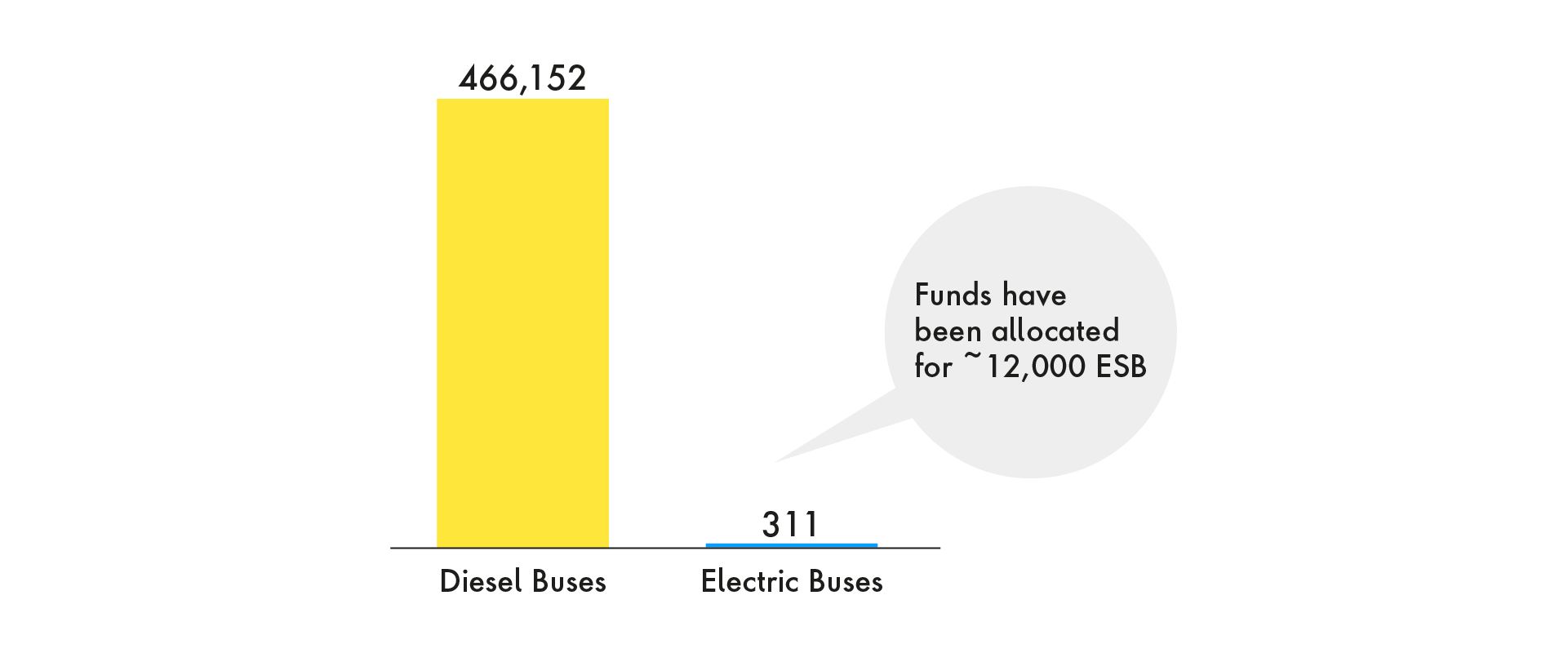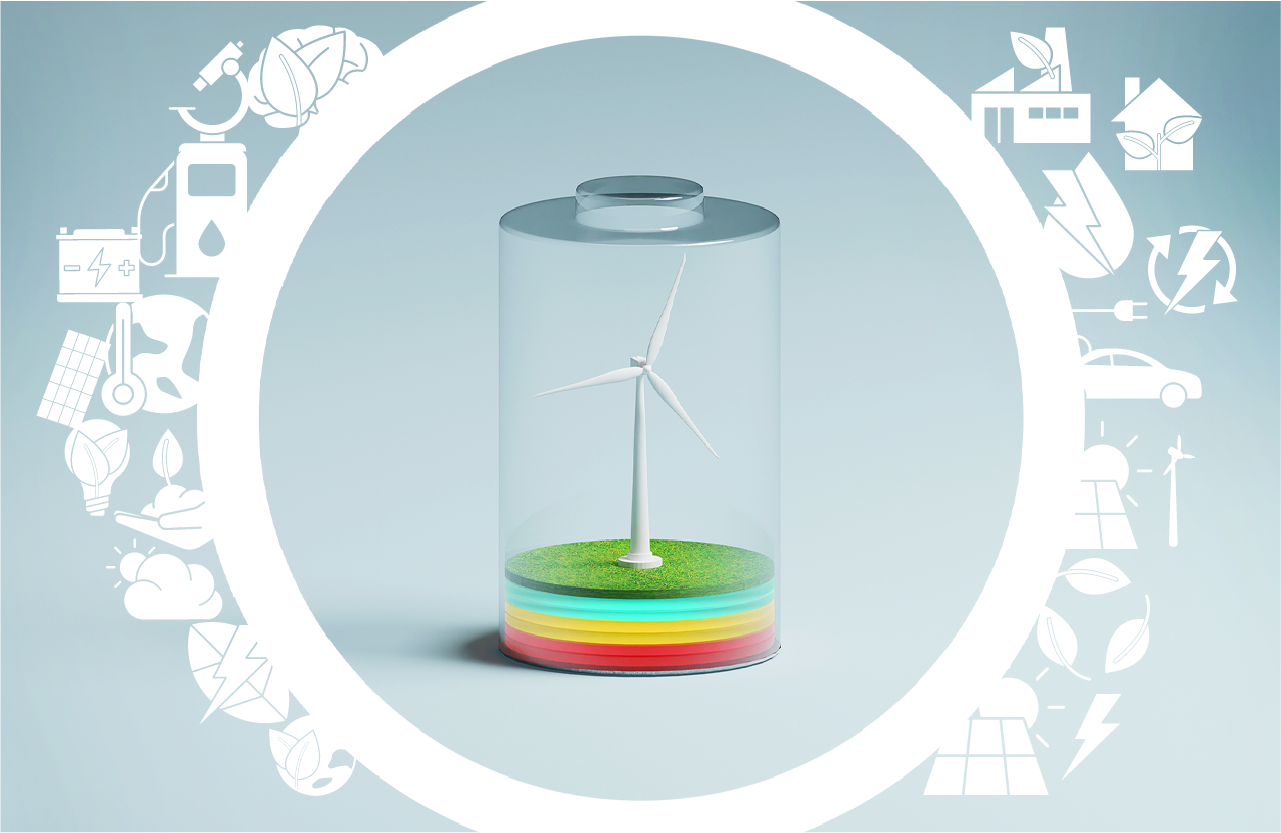What issue can we solve for you?
Type in your prompt above or try one of these suggestions
Suggested Prompt



Energy & Commodities
Solve V2G’s EV Fleet-Charging Challenge with Electric Buses
Solve V2G’s EV Fleet-Charging Challenge with Electric Buses
Sartaz Ahmed
Executive summary:
- Vehicle-to-grid (V2G) technology enables electric vehicles (EVs) to return electricity to power grids when the cars are not in use
- V2G needs both scale and aggregation to make the biggest impact
- The growing number of electric school buses (ESBs) can help deliver on the promise of V2G technology by supporting power grids
- Fleets of ESBs and their large battery capacity can provide utility-scale storage benefits
Rising demand paired with increasing extreme weather events has put additional stress on power grids. Consequently, utilities organizations need innovative solutions to put power back onto grids to prevent failures and outages.
In September 2022, a record-shattering heat wave scorched California and pushed its power grid to a breaking point. The soaring temperatures on September 6 pushed Californians to use 52,061 MW of energy, far exceeding any previous peak load. Only swift action from the California Independent System Operator (CAISO), the state’s power grid operator, pulled the grid back from the abyss when it issued a Stage 3 emergency declaration and urgently directed residents to reduce their energy consumption to prevent blackouts. Among the ways residents could cut back: by unplugging their electric vehicles (EVs).
EVs may be part of a solution for bolstering grids worldwide. Some experts have proposed harnessing the power of EVs through vehicle-to-grid (V2G) initiatives that use vehicle batteries to return electricity to grids when the car is not in use. The benefits of V2G are numerous since EVs would become a distributed energy resource that could put power back into the grid during peak periods. Yet there are challenges in aggregation and scale.
To solve these challenges, operators should look beyond passenger vehicles to another kind of EV: Fleets of electric school buses (ESBs) could deliver on the promise of V2G.
Fleets of electric school buses (ESBs) could deliver on the promise of V2G.
V2G has the ability to stabilize precarious grids
V2X—vehicle-to-grid, vehicle-to-building, vehicle-to-home, etc.—technology promises to turn EVs into power generators. Though the amount of energy varies by battery size, passenger EVs generally use batteries with an average capacity of 60 kilowatt hours (kWh). Since most American homes utilize 20 kWh of energy a day, V2X technology would enable them to utilize their EV battery to power their home for three days.
To generate power on a larger scale, V2G promises to move beyond individual residences and help power grids. Energy from EVs would be particularly useful during times of energy instability or surges when additional power can keep grids going.
Generally, bigger EVs will utilize bigger batteries, and that translates to more energy that can be recycled back into the grid. For this reason, fleets of large EVs can make a difference, especially since they typically have consistent periods of downtime when their extra power can be harvested. One type of electric fleet could potentially have a significant impact on the power challenge: electric school buses.
Electric school buses are poised to enter a period of growth
An estimated 500,000 school buses operate across the United States every day, ferrying millions of children to and from school. The vast majority of these are currently not electric, but increased investment in clean vehicles nationally and locally means that ESBs are poised to transform school transportation.
While the potential to utilize ESB for grid management is large, only a fraction of today’s school buses are electric. In the United States, roughly 95 percent of buses utilize diesel fuel and cumulatively emit over 8.7 million metric tons of CO2 over the course of a typical school year. Moreover, dependence on diesel means that school districts shoulder the burden of high costs in a volatile fuel market.
-
![Use of ESBs still marginal compared to diesel]()
Figure 1: School buses in the United States (2023)
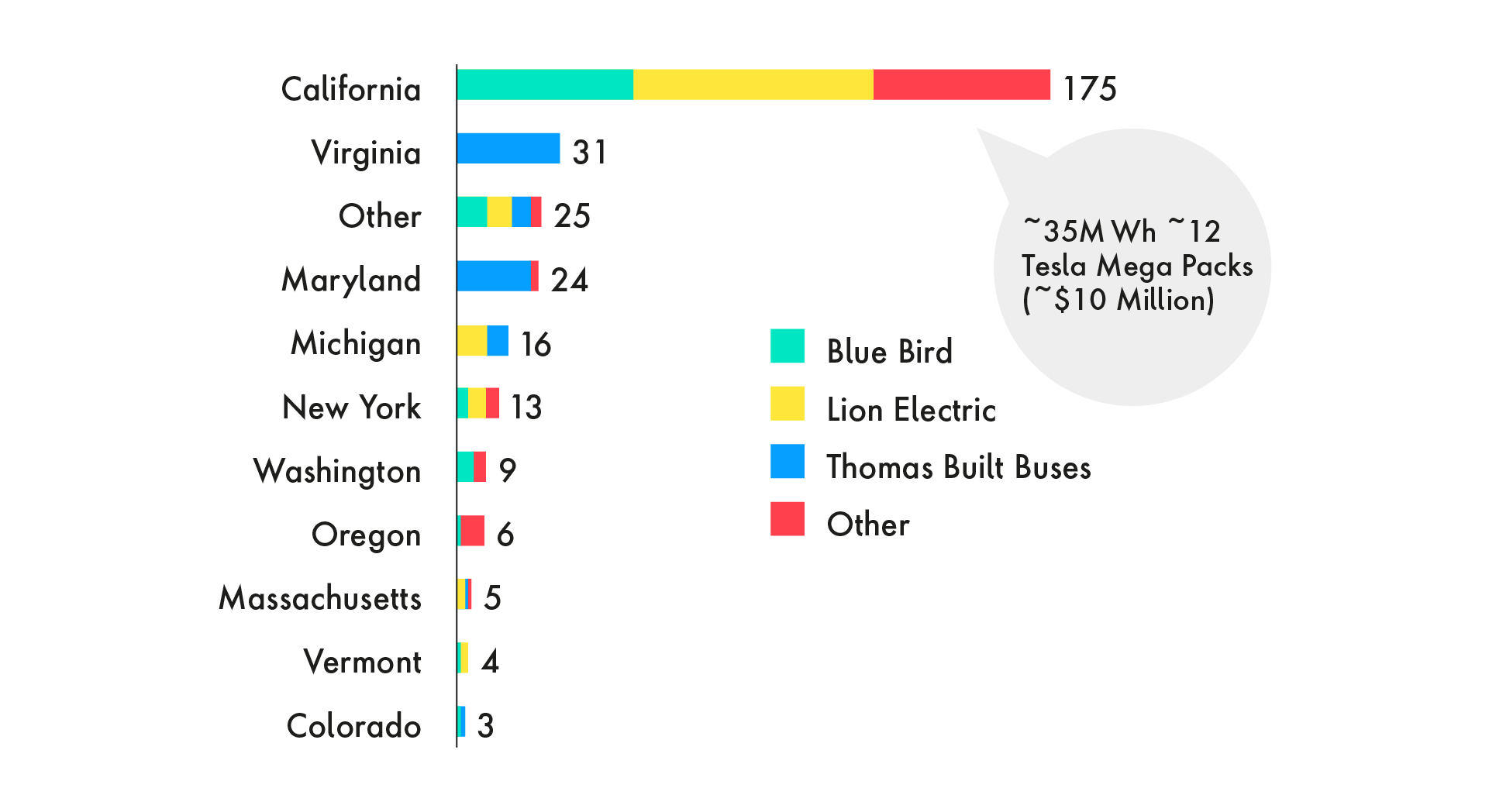
Figure 2: ESB footprint and OEM type (2023)
An increasing number of local education agencies (LEAs) and school districts are making the move to ESBs. Between September and December 2022, a period of only three months, the number of school districts and operators across the United States that have committed to using electric school buses nearly doubled from 482 to 895. Many of these school districts benefitted from policy support that encourages the adoption of clean buses across the country. The Infrastructure and Jobs Act of 2021 earmarked $5 billion over five years (FY2022-FY2026) to replace existing school buses with clean and zero-emission fleets.
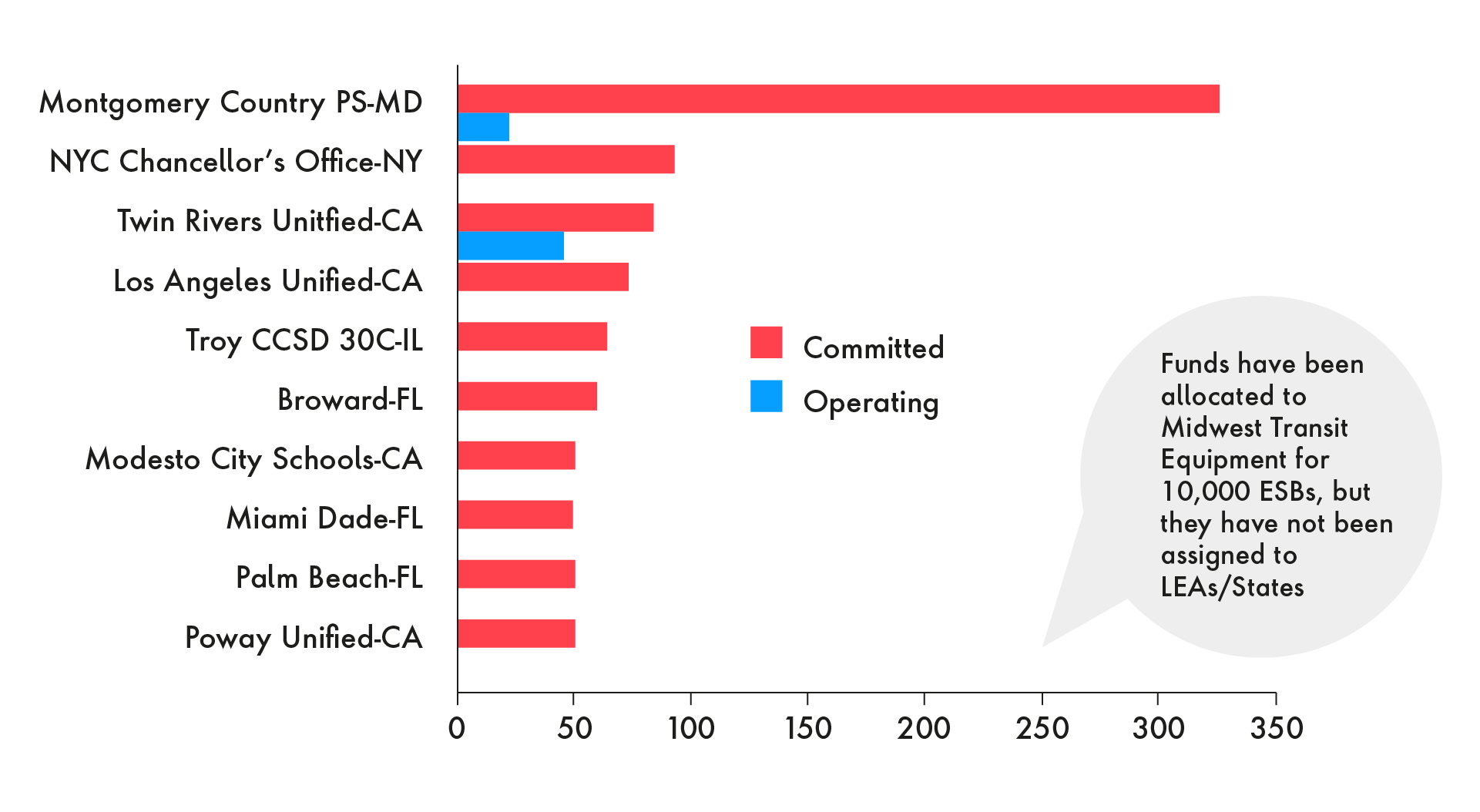
Figure 3: Top 10 LEAs with ESB commitments (2023)
-
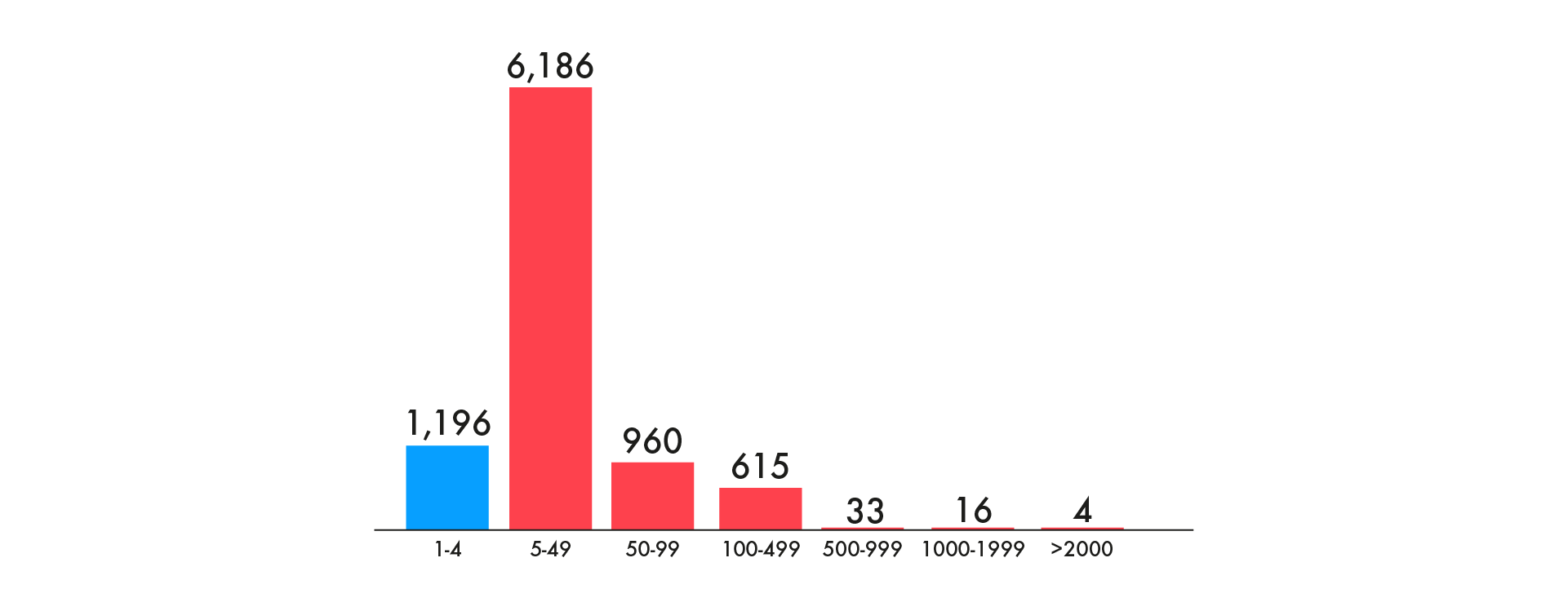
Figure 4: LEAs by fleet size (2023)
ESBs can bolster the electric grid
As school districts commit to electric fleets, the adoption of electric buses holds the potential of finally delivering on the promise of V2G.
After all, a passenger EV likely would not have a significant impact beyond a single household; but a whole fleet of ESBs could make a difference for grids and the communities that depend on them.
Beyond offering clean transportation for students, fleets of aggregated ESBs can provide utility-scale storage benefits. ESBs are better suited for V2G as their battery capacity (160-226 kWh) is significantly larger than that of passenger vehicles (14-100 kWh); school buses’ bottom-range capacity of 160 kWh is around eight times greater than the lowest charging potential of a passenger vehicle. Approximately five or six school buses could be aggregated to provide utility-scale storage (1 MWh). In a state like California, which has a fleet of school buses 23,800 strong, an all-ESB fleet could generate 4,760 MWh of electricity, or approximately nine percent of the peak load on September 6, 2022. This offers a fleet-management solution that is sustainable and maintainable for the near- to long-term future.
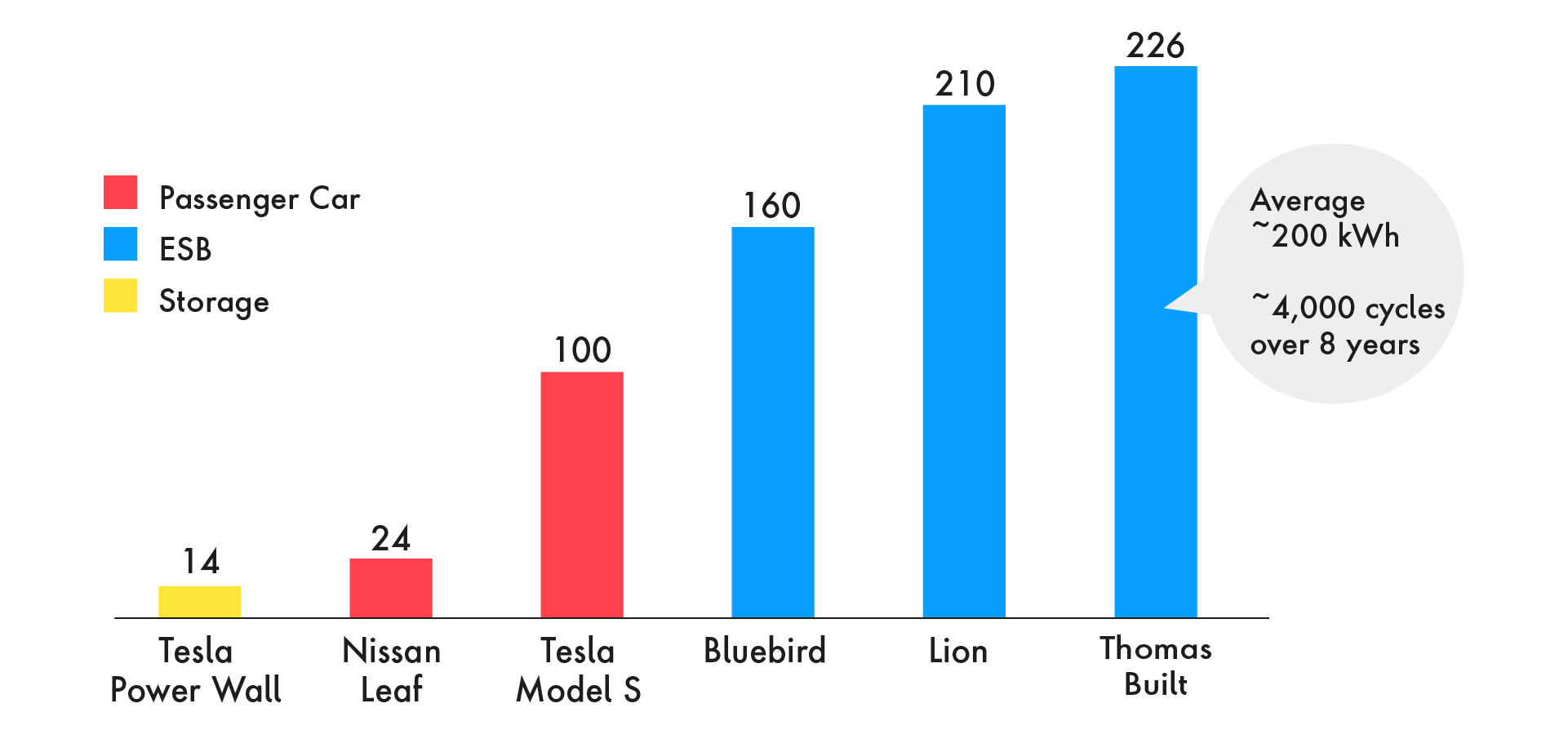
Figure 5: Battery capacity (kWh)

The added energy from ESBs would positively impact grids, especially during times of volatility. ESBs benefit the grid by:
1. Alleviating curtailment: ESBs’ utility-scale capability could prevent the physical shutdown of energy production when excess electricity is being generated by renewables.
2. Stabilizing the grid: The unique nature of ESBs and their defined transportation patterns are well-matched to the needs of the grid, especially with the increasing deployment of renewables. Given their cadence of use—districts mainly use buses at the beginning and end of the school day—ESBs can supply electricity for the grid in the evenings and during the summer when electricity demand peaks. ESBs also benefit from this unique pattern, as the buses can charge during the day—when electricity prices are lower due to solar power—and at night, due to wind power.
Utilizing ESBs for both transportation and energy storage offers financial benefits for multiple stakeholders:
- Students:
- Significantly reduce their exposure to air pollutants and fumes from diesel-fueled buses
- Local education agency:
- Lower maintenance and fuel costs
- Earn additional revenue from selling power to the grid
- Electric utility:
- Gain ability to manage peak demand without adding additional capacity
- Defer distribution upgrades
- Wholesale electricity markets:
- Manage peak demand
- Avoid curtailment and negative pricing when there is excess solar during the day and wind at night
- Electricity customers:
- Lower electricity rates due to “peak shaving” and deferred spending
- Gain reliable electricity service during peak hours
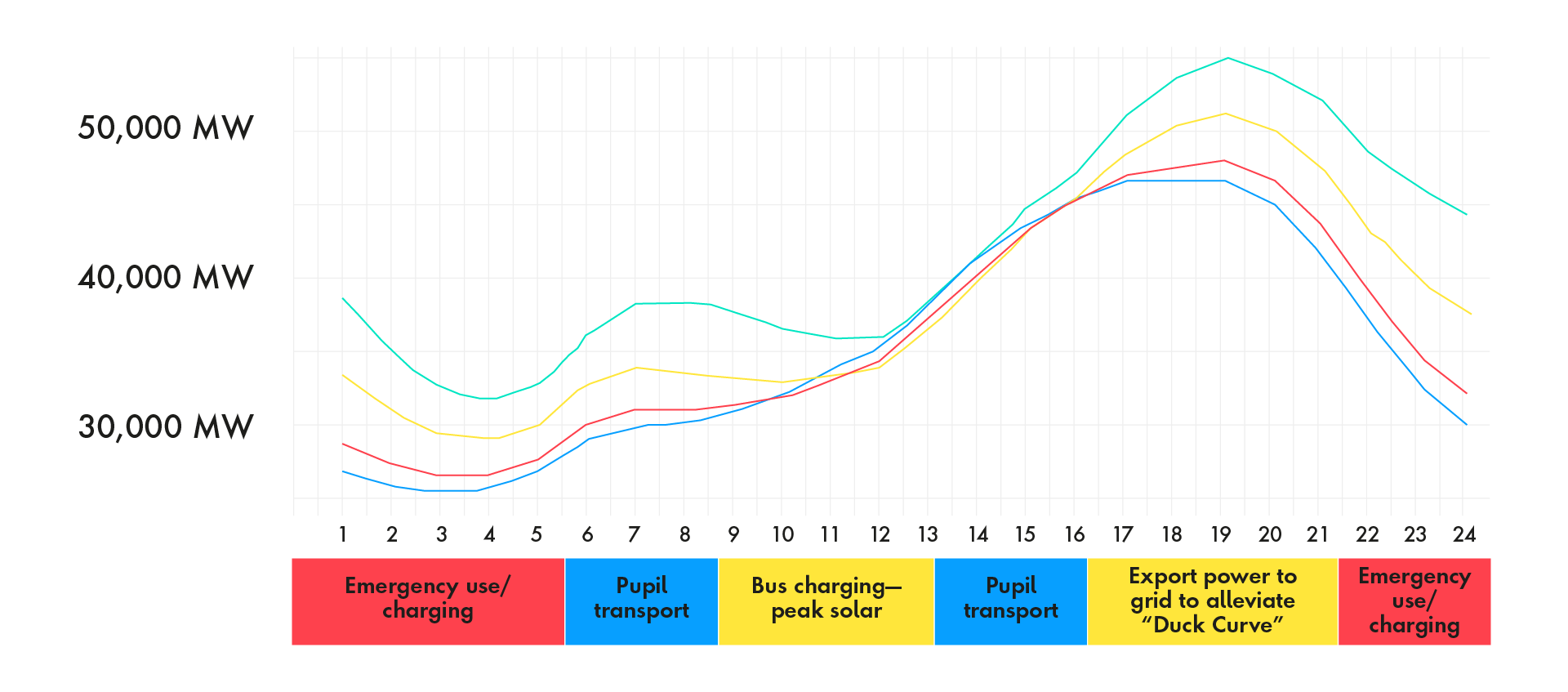
Figure 6: CAISO daily power usage
Communities themselves arguably benefit the most from V2G technology that promises to reduce the strain on grids by funneling more electricity to them. Fleets of ESBs can fulfill that promise by supplying aggregated energy at scale to help stabilize grids. If California had a ready network of ESBs to draw from during its historic heat wave in September 2022, then it may have been better equipped to offset demand surges. Only innovative solutions like V2G school buses will prepare communities and utility organizations to face future grid challenges with confidence.
Related Reading
-
![]()
Battery Energy Storage Systems: Playing a New Role in Price Arbitrage
Learn how Battery Energy Storage Systems (BESS) can optimize your portfolio.
-
![]()
The U.S. Electricity Shortage: What It Means and How to Respond
Exclusive insights and guidance about the state of the U.S. electrical grid—from now through 2035.
-
![]()
New Research: Utilities vs Extreme Weather Events
How should utilities react to growing environmental instability? Our whitepaper analyzes the effects of EWEs, the energy transition, outages and more.




